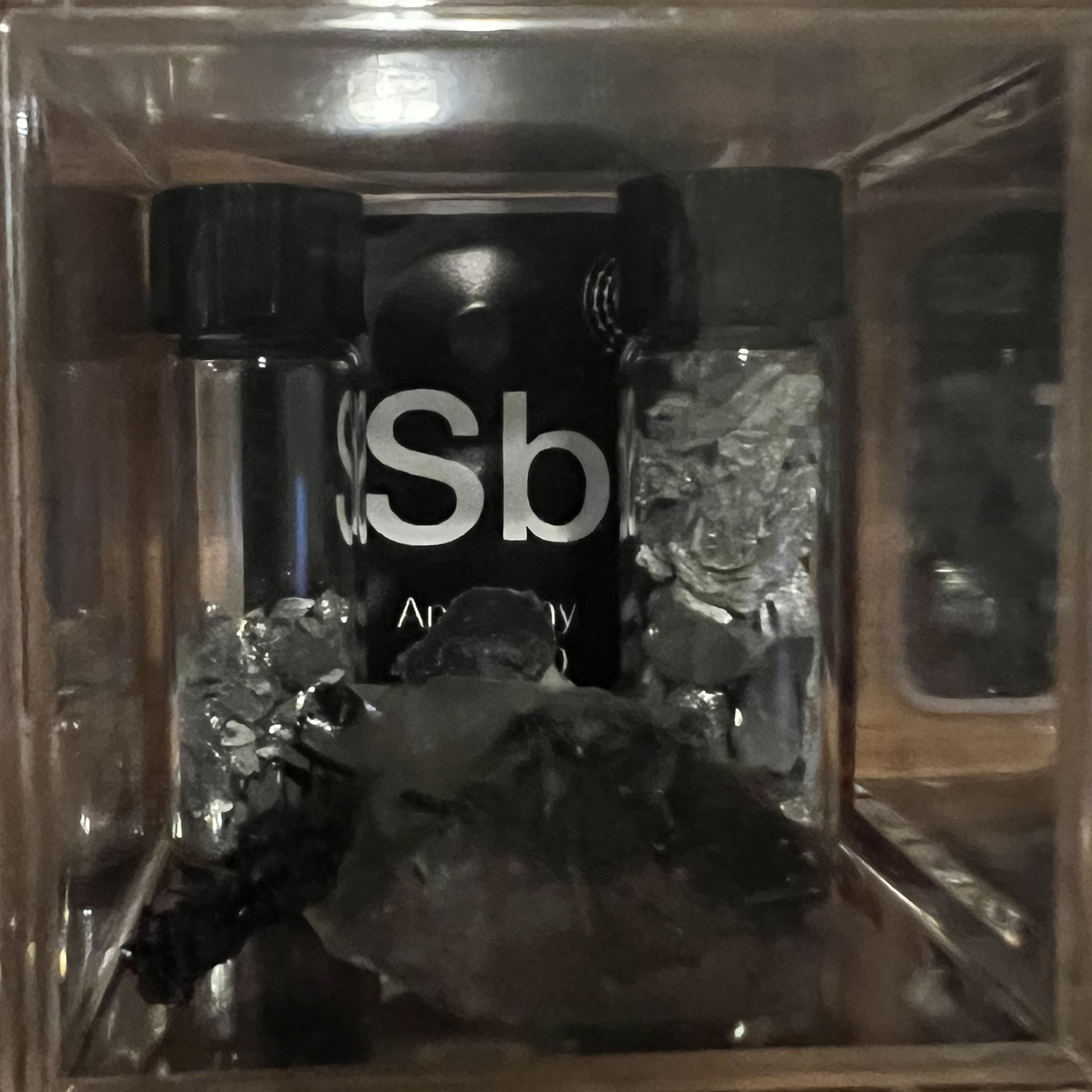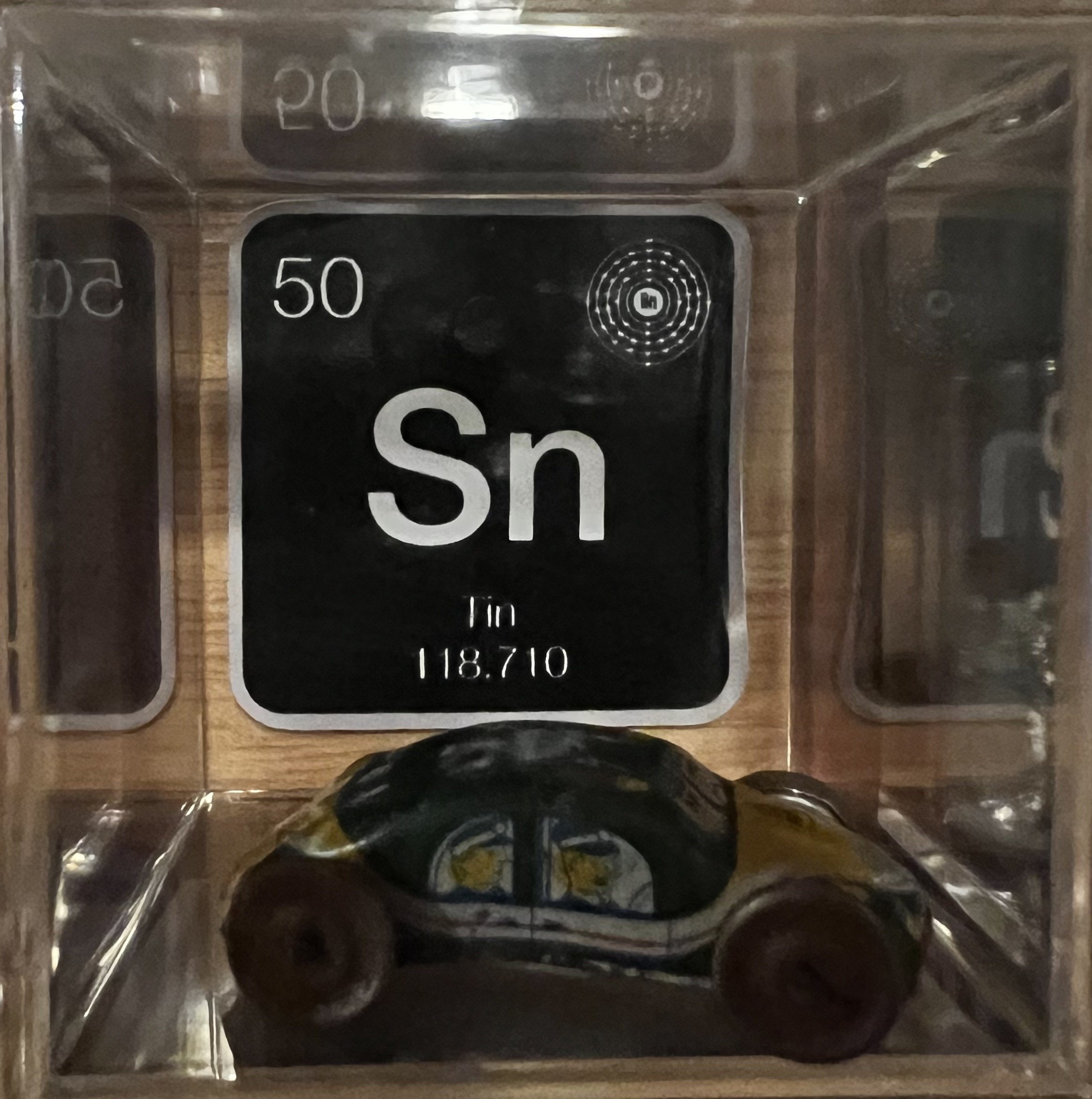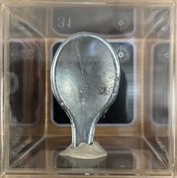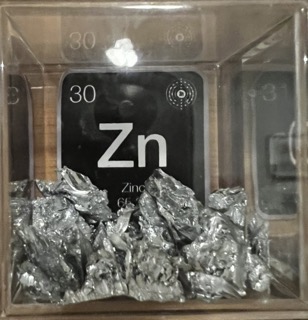Description
Post-transition metals, located to the right of the transition metals in the periodic table, include a group of metallic elements such as aluminum, gallium, indium, tin, thallium, lead, and bismuth. These elements are distinguished from the transition metals by their lower melting and boiling points, softer nature, and the tendency to form covalent bonds more often than ionic bonds. Unlike transition metals with their partially filled d-orbitals, post-transition metals typically have their d-orbitals filled and electrons added to the p-orbitals.
Aluminum, the most abundant metal in the Earth’s crust, is renowned for its lightweight and corrosion resistance, making it invaluable in aerospace, construction, and packaging industries. Gallium and indium are critical in electronics; gallium arsenide, for instance, is a key component in semiconductors. Tin is widely used as a protective coating for other metals and in alloys like bronze. Thallium, lead, and bismuth, while less abundant and more dense, have specialized uses: thallium in optical materials, lead in batteries and radiation shielding (despite its toxicity), and bismuth in medical and cosmetic products due to its non-toxic nature.
Post-transition metals often have some of the malleability of metals but display a wider range of chemical behaviors, sometimes resembling nonmetals in their chemistry. They generally have a higher electronegativity than the transition metals and are more likely to form anionic species. The versatility in their properties and behaviors makes post-transition metals useful in a vast array of applications, from everyday commodities to advanced technological devices. Their role in modern industry and technology underscores their significance in the periodic table and the broad spectrum of elemental properties.





 using WordPress and
using WordPress and